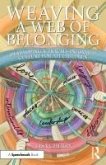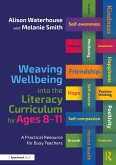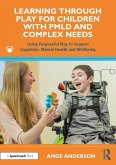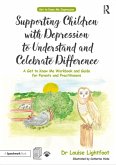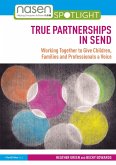Chapters break down key research and introduce practices which will inspire change, develop a trauma-informed culture and show how a relational web of belonging can be built for life. Drawing from the lived experiences of those who have spent time in care, the book highlights everything you need to deepen your understanding of the impact of trauma, inequity and marginalisation in children's services and education. Advocating for the power of language, leadership and collective care, a working conceptual model for cultivating belonging is shared, which considers the FACES, SPACES and PLACES that can make a lasting difference. Reflections and practical takeaways are woven throughout to offer an accessible, informative and thoughtful read, with the child at the centre.
Bringing together professional practice, the 'science' behind it and powerful lived experiences, Weaving a Web of Belonging offers a true insight into cultivating belonging as an antidote to trauma. It is an essential read for all those who are supporting children and young people, especially those who are the most vulnerable, including education practitioners, leaders, social workers, Children and Adolescent Mental Health Services (CAMHS) and families.
Dieser Download kann aus rechtlichen Gründen nur mit Rechnungsadresse in A, B, BG, CY, CZ, D, DK, EW, E, FIN, F, GR, HR, H, IRL, I, LT, L, LR, M, NL, PL, P, R, S, SLO, SK ausgeliefert werden.



